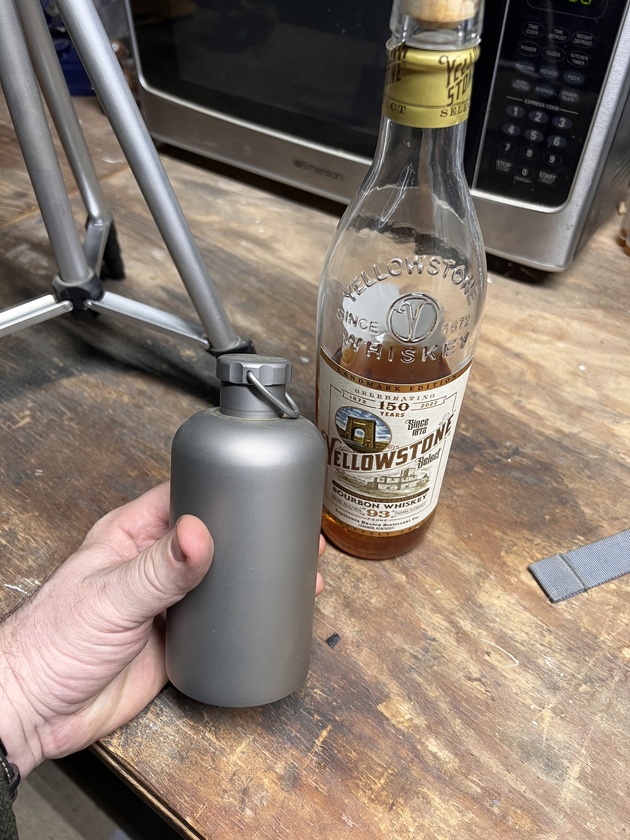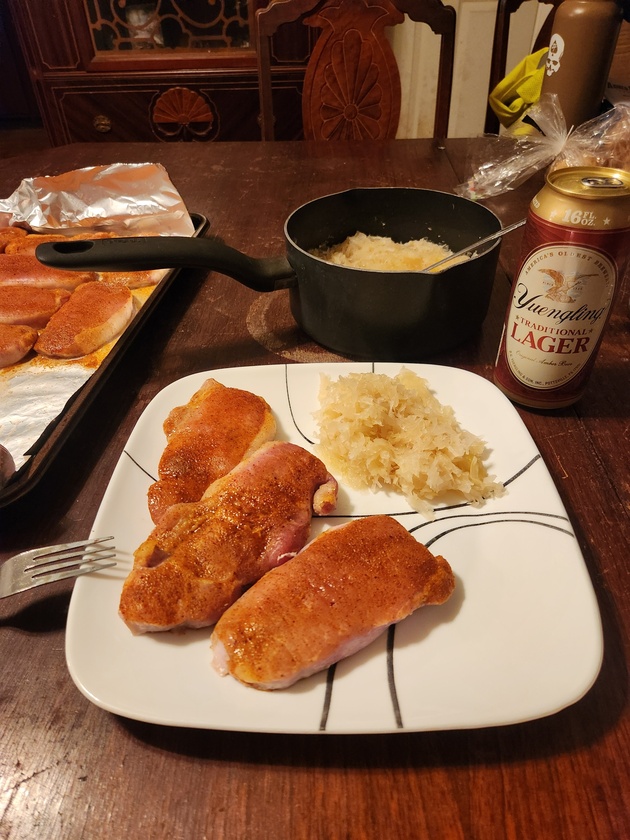
The Practical Woodsman
The Practical Woodsman is a way to share love of the wilderness, as well as my observations, thinking, and approach to what folks today are calling 'bushcraft' and 'survival'. The focus is on what is practical, as well as pointing out certain things being demonstrated by 'bushcrafters' today that are not practical at all.
Interested? Want to learn more about the community?
Silverant 400ml Titanium Bottle
Your typical flask will hold 8oz of hootch, which falls ridiculously short for anybody who doesn’t want to run out of whiskey on the first night of a week-long backpacking excursion in the backcountry.
A fifth of whiskey is 750ml. The little travel bottles you get are 325ml. If you hop on Amazon, you can pick up this beautiful (and beautifully-light) 400ml Silverant bottle made out of pure titanium. It’s a real thing of beauty. It also strikes a really nice balance between going without enough and going with too much.
The backcountry is always more enjoyable when you’ve got ol’ Mr. Booze to dull some of the aches and pains at the end of each day.
Interested? Want to learn more about the community?
What else you may like…
Videos
Posts

















